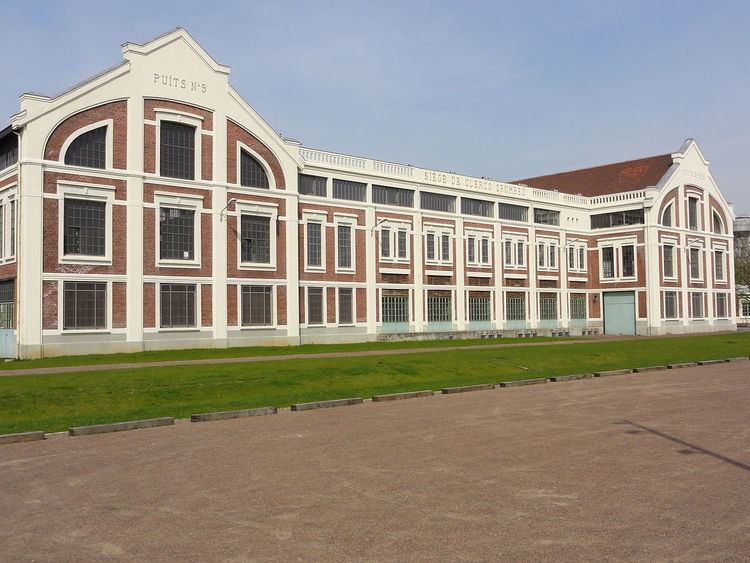Time zone CET (UTC+1) Population 10,531 (1999) | Canton Hénin-Beaumont-1 Area 5.52 km² Local time Thursday 8:54 AM | |
 | ||
Intercommunality Communauté d'agglomération d'Hénin-Carvin Weather 6°C, Wind NE at 16 km/h, 83% Humidity | ||
Oignies is a commune in the Pas-de-Calais department in the Hauts-de-France region of France.
Contents
- Map of Oignies France
- Geography
- Ancient times
- Coal is discovered
- The two world wars
- End of coal mining
- Notable people
- Places of interest
- Twin towns
- References
Map of Oignies, France
Geography
Oignies is a former coalmining town, nowadays a light industrial town, 10 miles (16 km) northeast of Lens, at the junction of the D46 and the D160 roads. The A1 autoroute passes through the commune, alongside a wooded and lake-filled parkland area.
Ancient times
The town of Oignies seems to have been inhabited since early Christian times. Then it was known as Ongniacume.
Coal is discovered
In the grounds of the Château of Mme De Clercq on 7 June 1842 an Engineer, Monsieur Mulot, discovered the presence of coal, an economic godsend for the region which then developed a huge mining industry. This was the first discovery of coal in the region.
The two world wars
During the First World War, the town was occupied by the Germans. Shortly before their retreat from the territory in October 1918 they destroyed the town and coal mines.
Between 28 May 1940 and 2 September 1944, the town was once again occupied by the troops of Nazi Germany. Shortly after they arrived the occupying forces burned 380 houses and killed 80 civilians in revenge for the fierce resistance they met on the bridge of the Battery.
In 1919, Oignies had seen the arrival in the town of Georges Clémenceau who came to bestow the "Croix de guerre". In 1948, it was the turn of Vincent Auriol accompanied by François Mitterrand who once again bestowed the cross on the town. He inaugurated a mausoleum remembering those 80 shot on 28 May 1940 and declared Oignies a "Ville Martyre" (martyred town).
End of coal mining
On 21 December 1990, the last truck of coal was hoisted from the shaft 9 of Oignies. This well-publicized event marked the end of coal mining in the whole of the north of France.
